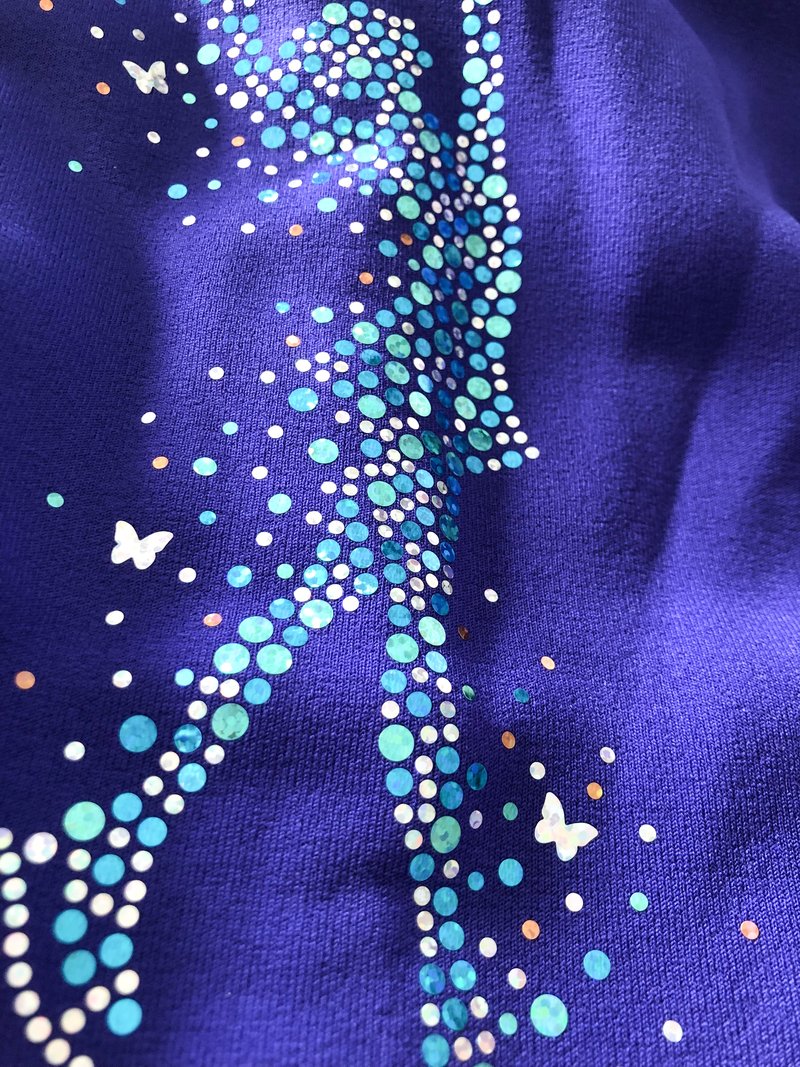
Rock your Tutu, and Flutter your skirts

Tutus und Rock

Der Rock, der als romantisches Tutu bekannt wurde, erschien 1832 zum ersten Mal an der Pariser Oper, wo Marie Taglioni einen hauchdünnen weißen Rock trug, der über ihre Knöchel geschnitten war, entworfen von Eugene Lami in La Sylphide. Ab dem späten 19. Jahrhundert wurde das Tutu stetig gekürzt, um die Bewegung zu erleichtern und die Beine der Tänzerin zu zeigen.
 It is not certain where the name Tutu comes from, but some theories point in the direction of the word tulle (one of the materials from which it is made), and another comes from the French babytalk for bottom (cucumber). There is no clear starting point, but the word was only recorded somewhere in 1881.
It is not certain where the name Tutu comes from, but some theories point in the direction of the word tulle (one of the materials from which it is made), and another comes from the French babytalk for bottom (cucumber). There is no clear starting point, but the word was only recorded somewhere in 1881.
The tutu is a dress worn as a costume in a classical ballet performance, often with an attached bodice[1] It can be made of tarlatan, muslin, silk, tulle, gauze or nylon. The modern tutus has two basic types: The romantic tutu is soft and bell-shaped and reaches to the calf or ankle; the classic tutu is short and stiff and protrudes horizontally from the waist and hip.
The skirt, known as the romantic tutu, first appeared at the Paris Opera in 1832, where Marie Taglioni wore a wafer-thin white skirt cut over her ankles, designed by Eugene Lami at La Sylphide. From the late 19th century onwards, the tutu was constantly shortened to facilitate movement and show the dancer's legs. 
Whats could be more romanticly stylish and dynamic than the classic Tutu.
Capezio continues to create this timeless piece in various colours, sizes, lengths and layers. Also on offer are fluttering chiffon skirts as a light and floating alternative, to suit every taste and preference.
Was könnte romantischer, stilvoller und dynamischer sein als das klassische Tutu. Capezio kreiert dieses zeitlose Stück in verschiedenen Farben, Größen, Längen und Schichten. Ebenfalls im Angebot sind flatternde Chiffonröcke als leichte und schwebende Alternative, für jeden Geschmack und jede Vorliebe.
How to wear rock your skirts and Tutus:
Wie man Rock, Röcke und Tutus trägt:



Have a look in our store or chat with us, if you don't find it online you can also give us a call or send us an email.
Werfen Sie einen Blick in unseren Shop oder chatten Sie mit uns, wenn Sie es nicht online finden, können Sie uns auch anrufen oder eine E-Mail schreiben
Below: Model wears Camisole Tutukleid by Capezio
Unten: Model trägt Camisole Tutukleid von Capezio






